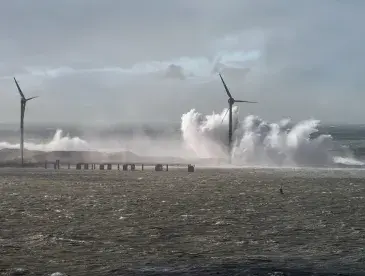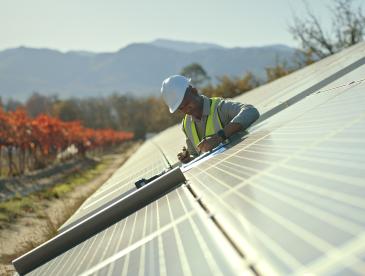Driving decarbonization through insurance innovation
Tools and levers for the insurance industry to support climate action

The insurance industry plays a critical role in disaster recovery and resilience. However, more intense and frequent events like wildfires, hurricanes, and floods are more severely impacting communities and straining insurers. In 2023, insurers and reinsurers paid $95 billion globally for natural disasters, a figure expected to rise as the planet continues to warm.
As the impacts of climate change on communities and businesses grow, the insurance sector must play a pivotal role not only in disaster recovery, but also in supporting and accelerating climate action.
In this new blog series, we identify a variety of tools and levers available to the insurance industry to help reduce global emissions and support the needs of communities and businesses in a changing climate.
The first blog explores the primary levers available to the insurance industry, including:
- Accounting for emissions in their operations
- Applying a climate lens to their investments
- Strengthening underwriting practices
- Supporting more resilient and sustainable rebuilding practices
- Advocating for climate policy
Future posts will dig deeper into these levers, as well as explore opportunities and challenges, and highlight emerging innovations available to the insurance industry. The aim is to build a greater understanding about how the insurance industry can drive emissions reductions and climate resilience.
Insurance innovation blog series
MEDIA CONTACT
Sommer Yesenofski
(949) 257-8768 (office)
Raul Arce Contreras
(240) 480-1545 (mobile)

















